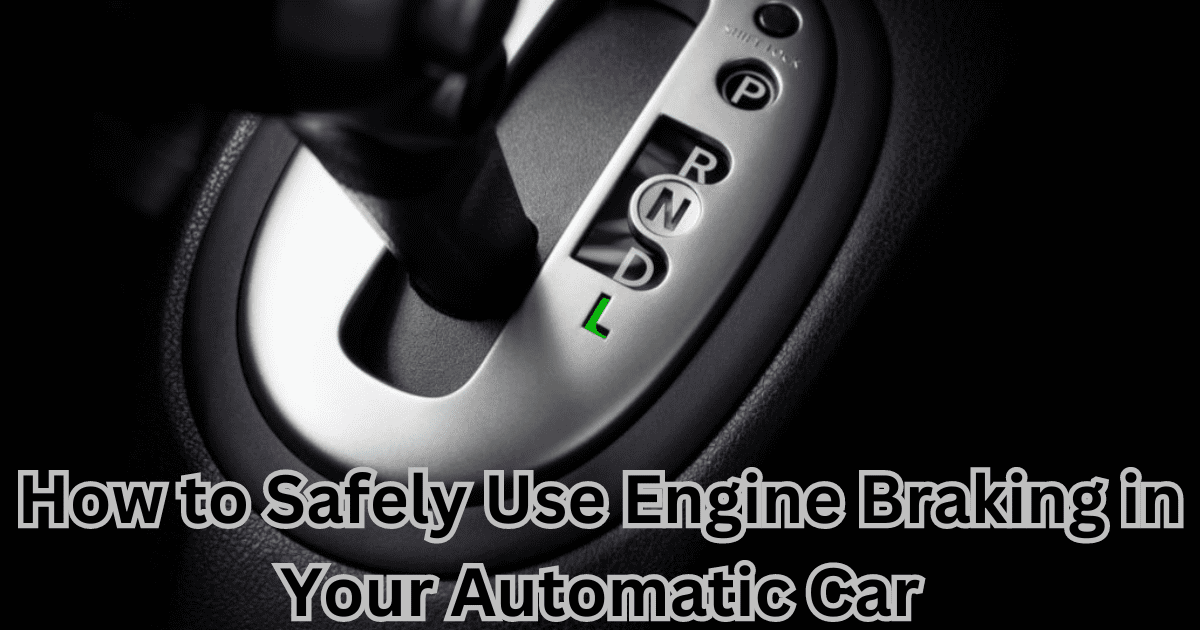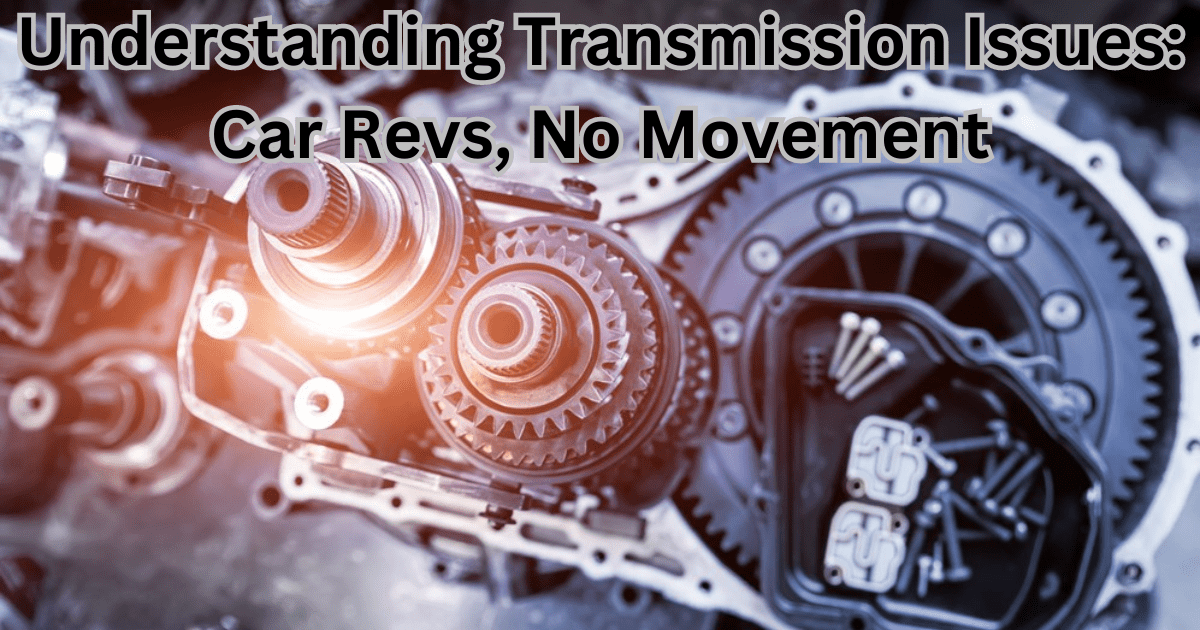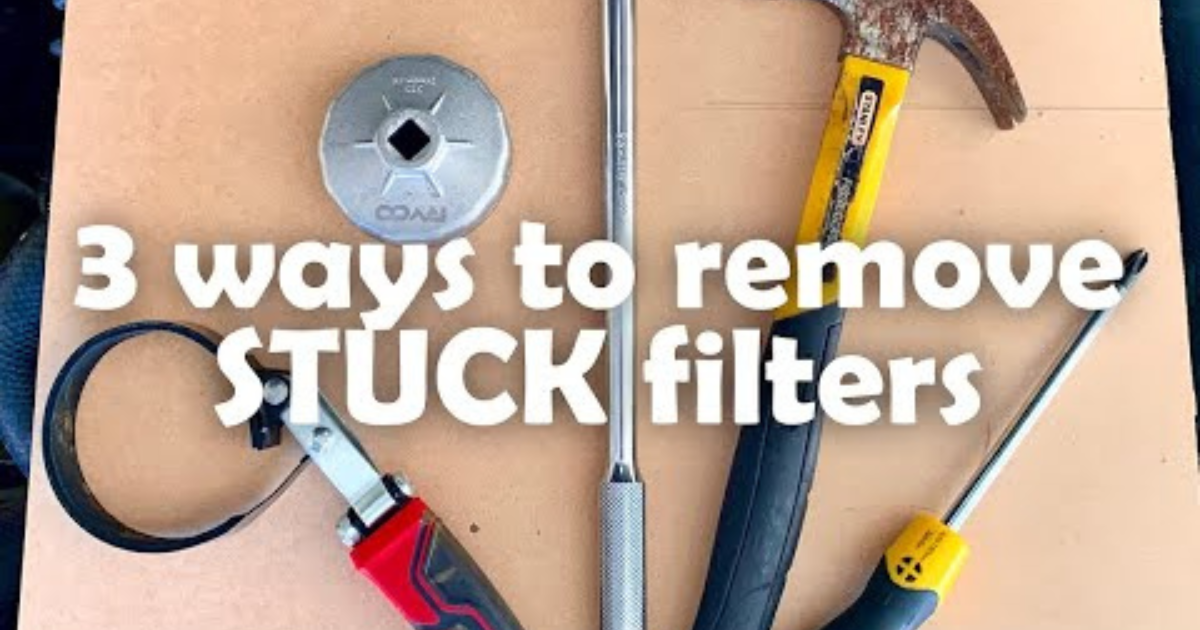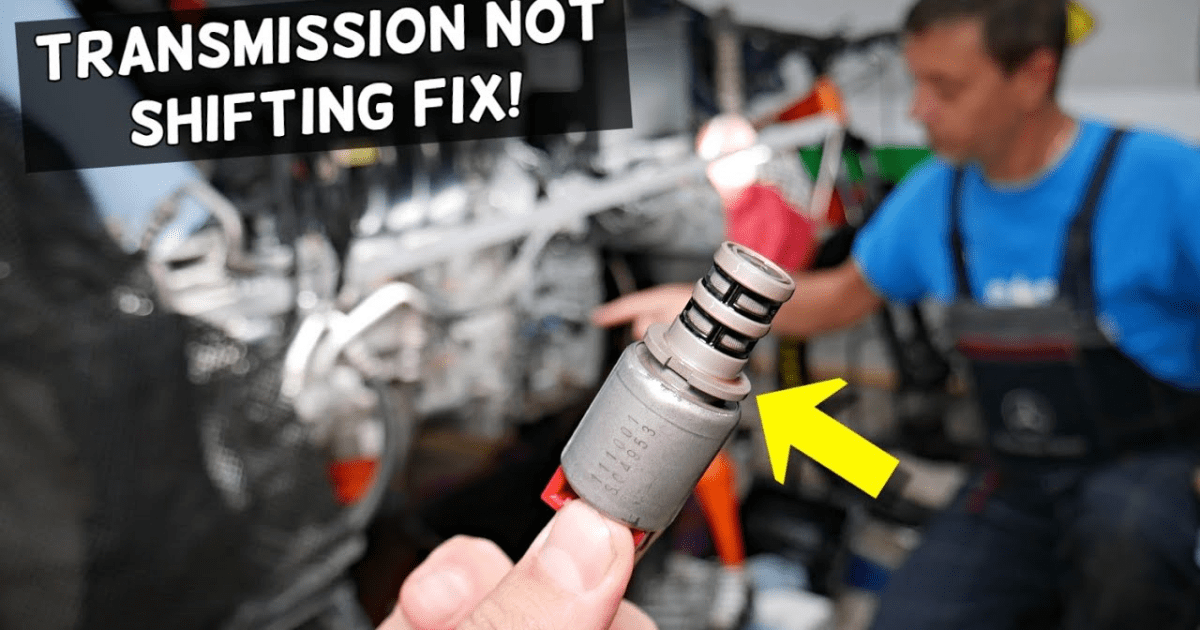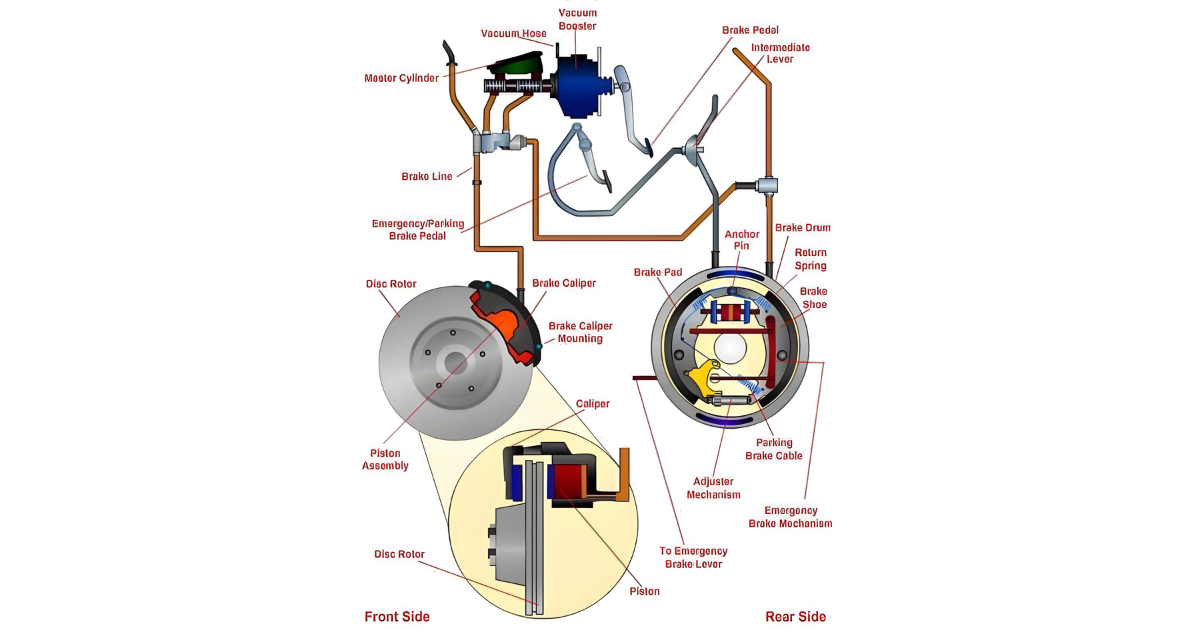When drivers want to slow down their cars without using only the brakes, engine braking is a useful tool. It’s usually used with manual transmissions, but it can also work well with automatic transmissions.
Have you ever wished you had a little more power when going downhill? Engine braking, which slows the car down by using the engine itself, could be your hidden weapon. But does it work with cars that have automated transmissions? Of course! Let’s learn more about engine stopping and how to make the most of it in your automatic car.
Engine Braking
Think of your engine as a big air pump. The force that this pumping action creates is used by engine braking to slow down the car.
The throttle valve is closed when the engine is stopping, which stops air from getting to the engine. When this happens, a vacuum forms inside the engine, making it harder for the pistons to move up. This causes the car to slow down because the engine acts like a brake.

Here’s the basic principle:
- When you lift your foot off the gas pedal, you separate the engine from the wheels that move the car. Inertia, on the other hand, keeps the engine turns.
- Effect of Vacuum: As the engine keeps turning, it makes an effect of vacuum in the intake pipe. This pressure tries to push air through the closed throttle valve, which stops the engine from turning.
- Transmission Connection: The engine is still hooked up to the transmission, even though it is not attached to the drive wheels. After being sent through the drivetrain, this resistance slows the car down by braking it.
Putting Theory into Practice

Engine braking is usually linked with manual transmissions, but it can also be helpful in automatics. Here’s the right way to use it:
- Lower gears should be used. Some automatic transmissions have a “Low Gear” or manual shift mode. When you shift into a lower gear, the engine’s resistance goes up, which makes the engine brake effect stronger. For exact instructions on how to use your car’s manual modes, look in the owner’s manual.
- Downshifting with Paddle Shifters: If your car has paddle shifters, use them to downshift by hand as you get ready to go downhill. This will shift into a lower gear and slow down the engine more. Don’t forget that downshifting at high speeds can be dangerous, so be careful.
Advantages and Disadvantages of Engine Braking
Advantages:
- Less wear on the brakes: engine stopping makes the regular brakes less necessary, which extends their life and makes the car use less gas.
- Better Control Going Downhill: Engine stopping makes going down steep hills easier to handle, so you don’t have to rely on the brakes alone.
- Smooth Gear Changes: Sometimes, stopping the engine can help make gear changes easier, especially in older automatic transmissions.
Disadvantages:

- Limited Braking Power: In an emergency, engine braking alone isn’t as strong as regular brakes. Always put using your brakes first to stay in control.
- Less Powerful at High Speeds: As the vehicle’s speed rises, engine stopping becomes less powerful. Don’t depend on it only at fast speeds.
- Possible Jerking: Jerky gear changes can happen if you downshift or stop the engine at high RPMs without doing it right. For a comfortable driving experience, work on making changes smoothly.
Engine braking has been around since the beginning of cars, long before current brake systems were made. It was an important way for drivers to keep their cars from going too fast, especially on downhill roads. As braking systems improved, engine brakes became less important for fully stopping a car. Still, it plays a part in improving control and lowering brake wear to this day.
Conclusion
Even though it’s not a replacement for brakes, engine braking is a useful method for people who drive cars with automatic transmissions. If you understand how it works and use it correctly, you can get more control over your car on descents, make your brakes last longer, and drive more smoothly, especially on hilly terrain. Remember to drive safely and put your brakes first so you have full control when you need to. So, the next time you’re going downhill, think about using engine brakes to stay safe and get things done quickly.
